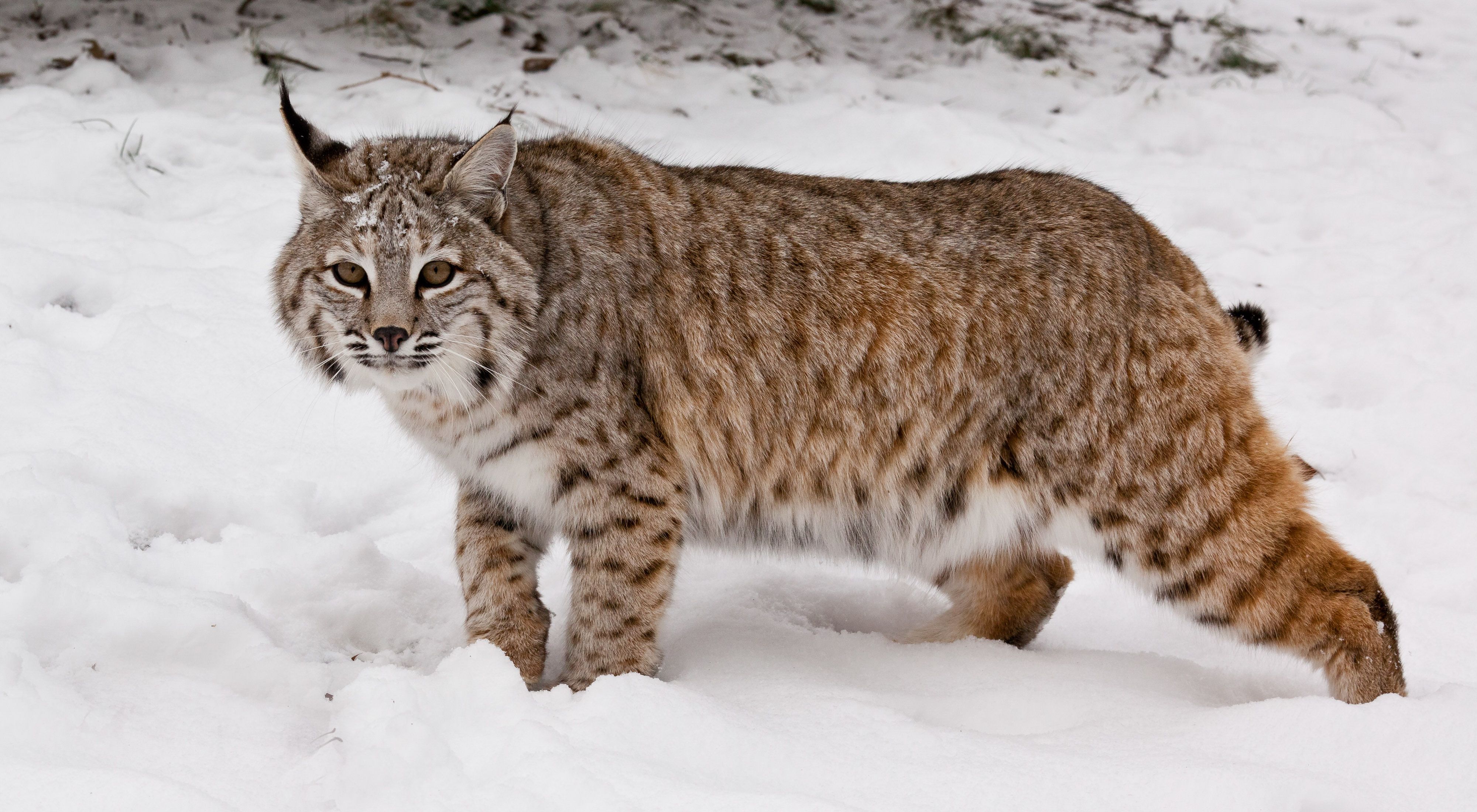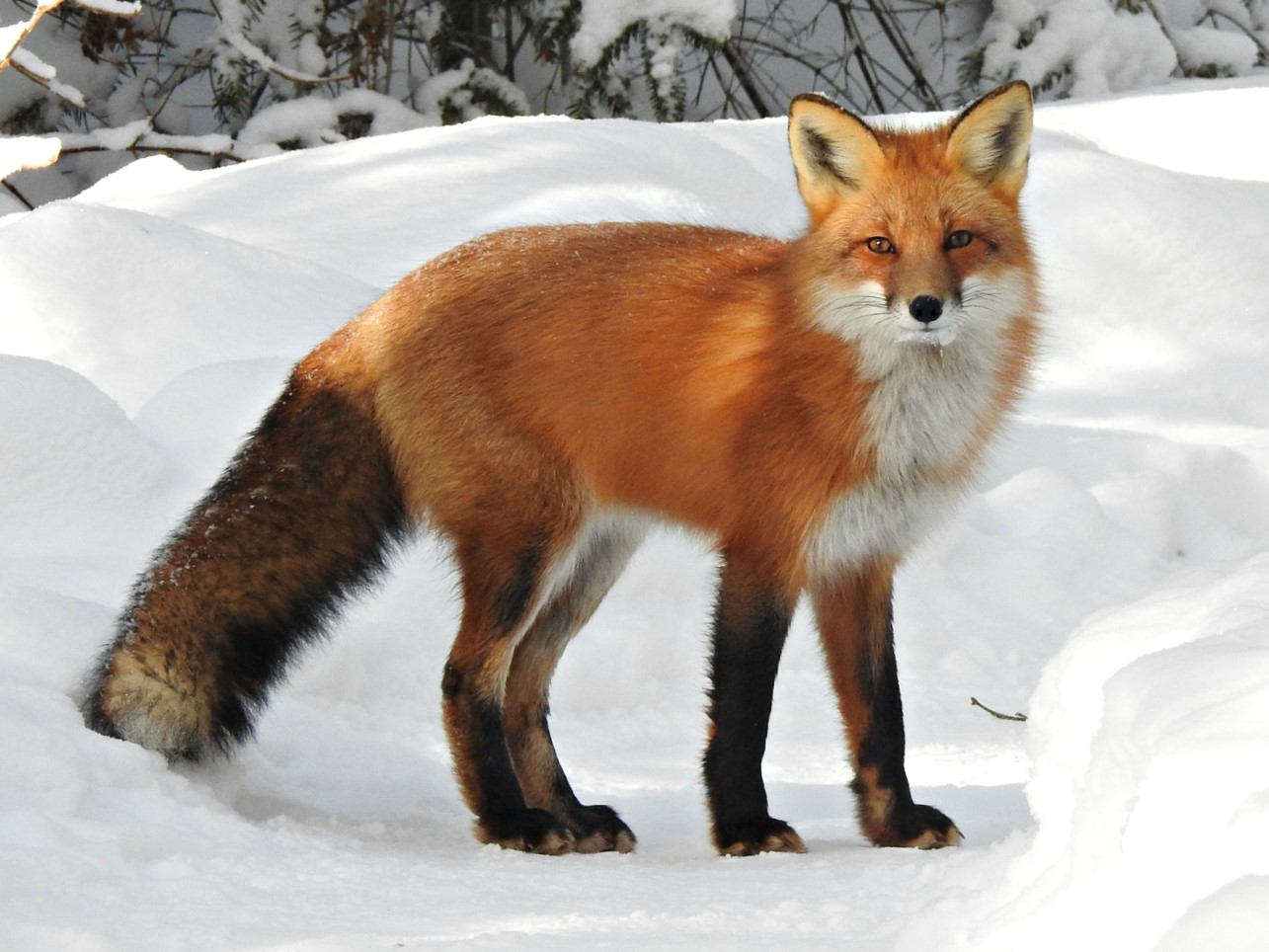Britton Hill, located in northern Walton County, Florida, is the highest natural point in the state, sitting at 345 feet above sea level. Although it may not seem like much compared to the Rocky Mountains, it is a decent hill to climb, and it is internationally acclaimed among mountain climbers seeking the highest spot in each state. Britton Hill is also the number one tourist attraction in the area.
In this article, we will discover five animals that can be found roaming atop Britton Hill.
You are reading: Discover 5 Animals Roaming atop Britton Hill – Florida’s Highest Point

5 Animals Roaming Atop Britton Hill – Florida’s Highest Point
Florida Black Bear
The Florida black bear (Ursus americanus floridanus) is a subspecies of the American black bear that has historically ranged throughout most of Florida and the southern portions of Georgia, Alabama, and Mississippi. They use almost every type of habitat found in Florida, but flatwoods, swamps, scrub oak, and hammock are most optimal.
Florida black bears are typically large-bodied with shiny black fur, a short tail, and many have brown fur on their muzzles. Pelage color is consistently black in Florida, but summer molting of the guard hairs may cause them to look brown. A white chest patch, called a blaze, is found in about 30% of the population.
While the Florida black bear was removed from the state list of threatened species, the Bear Conservation Rule (68A-4.009) was adopted at the same time, providing continued protections to the species.
In the 1970s, the population of Florida black bears was reduced to only 300 – 500 throughout the state due to unregulated hunting and habitat loss.
In 1974, they were designated as Threatened by the state of Florida and were placed on the state’s Endangered and Threatened Species List. Through partnerships and strong conservation efforts, they were taken off the protected list in June 2012.
Red Fox

The red fox (Vulpes vulpes) is a widely distributed member of the order Carnivora, being present across the entire Northern Hemisphere including most of North America, Europe, and Asia, plus parts of North Africa. They are known for their resourcefulness and adaptability, living in many diverse habitats including forests, grasslands, mountains, and deserts.
Read more : Discover 6 Animals That Lurk Atop Black Mesa – Oklahoma’s Highest Point
Red foxes are solitary hunters who feed on rodents, rabbits, birds, and other small game, but their diet can be as flexible as their home habitat. They will eat fruit and vegetables, fish, frogs, and even worms.
Red foxes are about three feet long and two feet tall, and they have long snouts and red fur across the face, back, sides, and tail. One of the most noticeable characteristics of the red fox is the fluffy white-tipped tail.
Red foxes feature prominently in the folklore and mythology of human cultures with which they are sympatric.
Armadillo
The nine-banded armadillo is a common sight atop Britton Hill, Florida’s highest point, although it is not native to Florida.
Armadillos are small, armored mammals that are native to South America, Central America, and parts of North America. They are known for their hard, bony plates that cover their bodies and their ability to roll into a ball when threatened.
Armadillos are primarily nocturnal and feed on insects, small vertebrates, and plant matter. They are also known for their digging abilities and can create burrows up to 15 feet long.
Eastern Diamondback Rattlesnake

The Eastern Diamondback Rattlesnake (Crotalus adamanteus) is a species of pit viper in the family Viperidae. It is the largest rattlesnake species and one of the heaviest known species of venomous snake, with one specimen shot in 1946 measuring 2.4 m (7.8 ft) in length and weighing 15.4 kg (34 lb).
The maximum reported lengths for the Eastern Diamondback Rattlesnake are 2.4 m (8 ft) and 2.5 m (8.25 ft). They are found in the southeastern United States from southeastern North Carolina, south along the coastal plain through peninsular Florida to the Florida Keys, and west along the Gulf Coast through southern Alabama and Mississippi to southeastern Louisiana.
Eastern Diamondback Rattlesnakes are heavy-bodied snakes that can reach lengths close to seven feet, although the average adult is four to five feet. They have a row of large dark diamonds with brown centers and cream borders down their back, and the ground color of their body is brownish.
Read more : Top 10 Amazing White Animals
Eastern Diamondback Rattlesnakes are able to survive in altered habitats such as overgrown fields and abandoned farms, but they are usually associated with sandhill communities, dry pine flatwoods, and longleaf pine-turkey oak hills. They are able to prey on many species that are considered pests, making them extremely beneficial to people. ‘
However, many are unfortunately killed by people every year, and they are listed as a species of high conservation concern.
Bobcat
The bobcat (Lynx rufus) is a medium-sized cat native to North America. It is listed as Least Concern on the IUCN Red List since 2002, due to its wide distribution and large population.
Bobcats are often confused with the other three “lynx” species, but they are generally smaller than the other three. They have a reddish-brown coat with black spots and tufted ears.
Bobcats are excellent climbers and can run up to 30 miles per hour (48 kilometers per hour). They are generally solitary and are active mostly at night. Bobcats are opportunistic predators and feed on a variety of prey, including rodents, rabbits, hares, and some birds. They are also known to eat insects, reptiles, and carrion.
Bobcats can be found in many different habitats, including forests, swamps, deserts, and suburban areas. They are an important part of the ecosystem and help to control rodent populations.
FAQS
1. Are Florida black bears dangerous?
Florida black bears are generally not aggressive toward humans, but they can be dangerous if they feel threatened or if they are protecting their cubs. It is important to give them plenty of space and to avoid approaching them.
2. Are armadillos native to Florida?
No, armadillos are not native to Florida. They were introduced to the state in the 1920s and have since become a common sight in many parts of Florida.
3. Are red foxes nocturnal?
Yes, red foxes are primarily nocturnal and are most active at night. However, they can also be active during the day, especially in areas where they are not disturbed by humans.
4. Are Eastern Diamondback Rattlesnakes dangerous?
Yes, Eastern Diamondback Rattlesnakes are venomous and can be dangerous to humans. It is important to give them plenty of space and to avoid approaching them.
5. Are bobcats endangered?
No, bobcats are not endangered and are listed as Least Concern on the IUCN Red List. However, they are still vulnerable to habitat loss and other threats, so it is important to protect their habitats and to avoid disturbing them.
Source: https://petstutorial.com
Category: Animals










